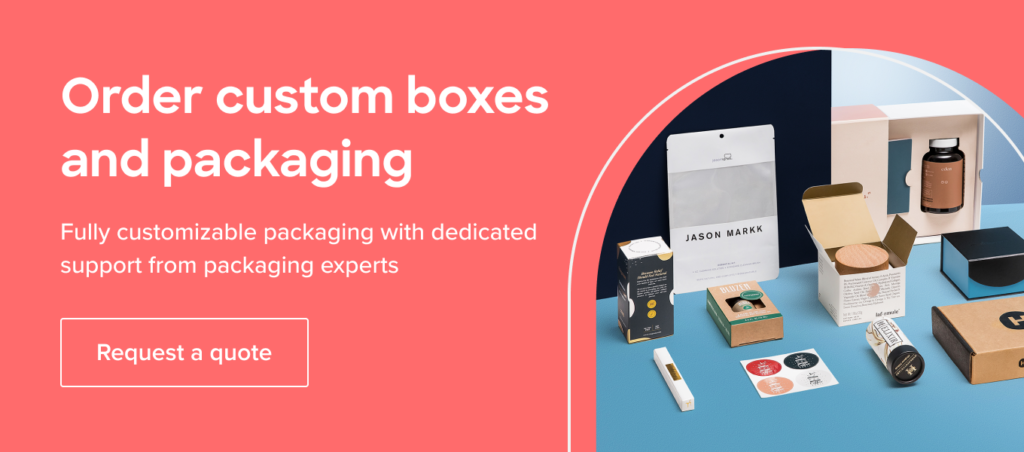Table of Contents
Requesting prototypes of your packaging plays a crucial role in the success of your products and brand.
While your packaging design may seem dandy on paper, your physical packaging may not meet your expectations.
Ensuring your packaging is all you and your customers expected is crucial to building brand credibility and a loyal customer base.
To Evaluate the Fit
Unless you send the product to your supplier for exact measurements, determining the exact dimensions for your box can be a bit tricky, especially for uniquely shaped products.
Getting a plain sample would be an excellent option to verify the structural design and make sure the packaging is tailored to fit your product securely.
Making sure your packaging is a good fit for your product is crucial as it diminishes any risk of damage during the shipping and distribution stages of your product.
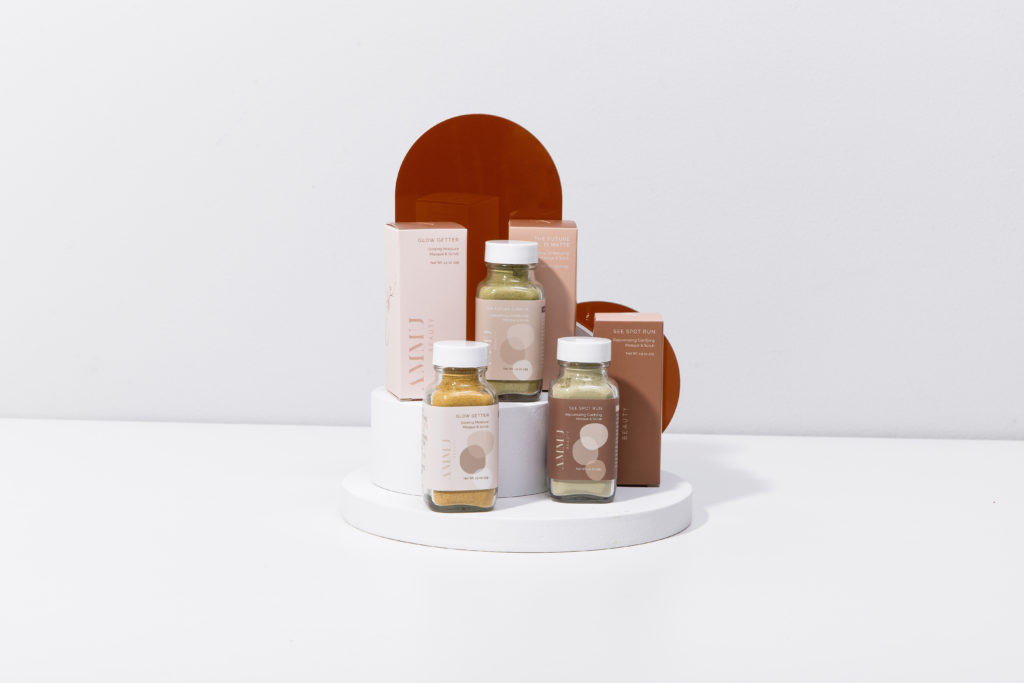
Excess space between your product and packaging leaves a lot of room for your products to be jostled around and ultimately get damaged.
While this risk may seem minuscule, keeping your products intact within the packaging is crucial to building a relationship with your customers and enhancing your brand reputation.
If your customers receive products that are damaged, they are less likely to keep your brand in positive sentiments and are more likely to not purchase from your brand again.
If you’re creating custom packaging, you’re creating an experience for your customers, so make sure to include the prototyping stage of your packaging design process to ensure optimal customer satisfaction.
With a prototype you can test the fit of your product early on and get a good idea of changes that need to be made to accommodate your products comfortably.
Furthermore, you can determine whether the structural design is a good fit for not only your product but your brand too.
This could include your material options or your box structure.
Take this time to determine what your product needs, rather than what you want and make changes accordingly before mass producing your packaging design for an impactful and lasting impression on customers.
To Examine the Quality
The quality of your packaging comes down to:
- Material
- Printing output
- Finishes
It’s important to double check the quality of your packaging material needs to be examined in order to ensure it can hold and withstand your supply chain.
The printing output is also important to evaluate as that’s what ultimately is going to showcase your branding and communicate the quality to customers.
Let’s remember that the color gamut on the screen (RGB) and on print (CMYK) will create different output results.
In other words, if you don’t convert your artwork from RGB to CMYK on Illustrator, you won’t receive the same printing quality that you would expect from your design when it’s printed.
Converting your artwork’s color mode, however, isn’t the last step. It is one thing to follow the required artwork guidelines, but it is another to miss the nitty-gritty details of the artwork design.
This is why many opt for either a custom digital sample or a production-grade sample to identify flaws that may not be visible on the screen.
Requesting a prototype that is digitally printed may not give you a good idea on the quality.
However, it does offer the opportunity to spot minor errors in artwork design and typography.
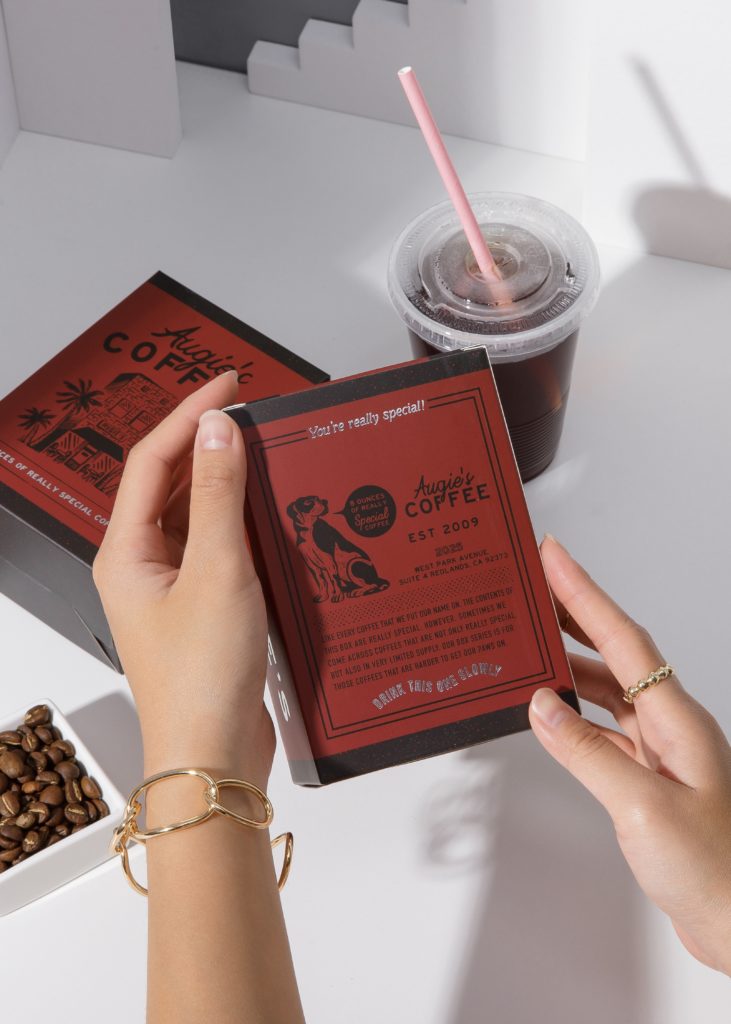
While all may seem dandy on the screen, minor spelling or grammar mistakes can really take away from your brand reputation and credibility.
Customers will be less likely to trust your brand if they spot spelling mistakes.
To Establish the Finishing Touches
As previously touched on; another advantage of taking a packaging sample is that you get to analyze the physical packaging and are able to identify flaws that were not visible in the online proofs.
It also gives you the opportunity to discuss possible upgrades, tweaks, or modifications that you may want to get implemented in the final production.
As a business you may fall blind to minuscule errors, but your customers will most definitely spot them.
Another great advantage of obtaining a sample box or even a few samples is that you’re able to send out some sample boxes along with your product to a small, loyal customer base for feedback.
After all, the purpose of creating this packaging is for the customer experience and enhancing relationships.
With feedback you receive from your customers you can make any last minute tweaks and changes based on real life customer feedback.
This gives your business some peace of mind with regards to the unboxing experience of your products.
Sample Options
There are a variety of sample options you can request from your supplier.
Depending on your packaging concerns, you may want to opt for one or the other to get a clearer sense of any upgrades that need to be made for your final product.
Existing Sample
One of the common ways you can get a packaging sample is by requesting an existing sample from your manufacturer.
These existing samples are typically produced for a previous client.
The existing sample will help you determine whether the stock, thickness, printing, and coating is ideal for your project.
You can also test out the packaging durability with your physical product inside to get a sense of whether the stock thickness or structure is right for your product.
Existing samples are a lot more cost-effective than custom samples, yet still give you a very good sense of how your final packaging will perform.
Existing samples may also give you some innovative ideas that you may want to incorporate into your own design including elements like coatings or varnishes.
Custom Sample
A custom sample is exactly what it sounds like.
These samples are made according to the exact specifications of your project.
The custom sample gives you an exact idea of what the product will look like at full production, and is a great way to analyze the production quality to help you decide whether you want to go ahead with the consignment or not.
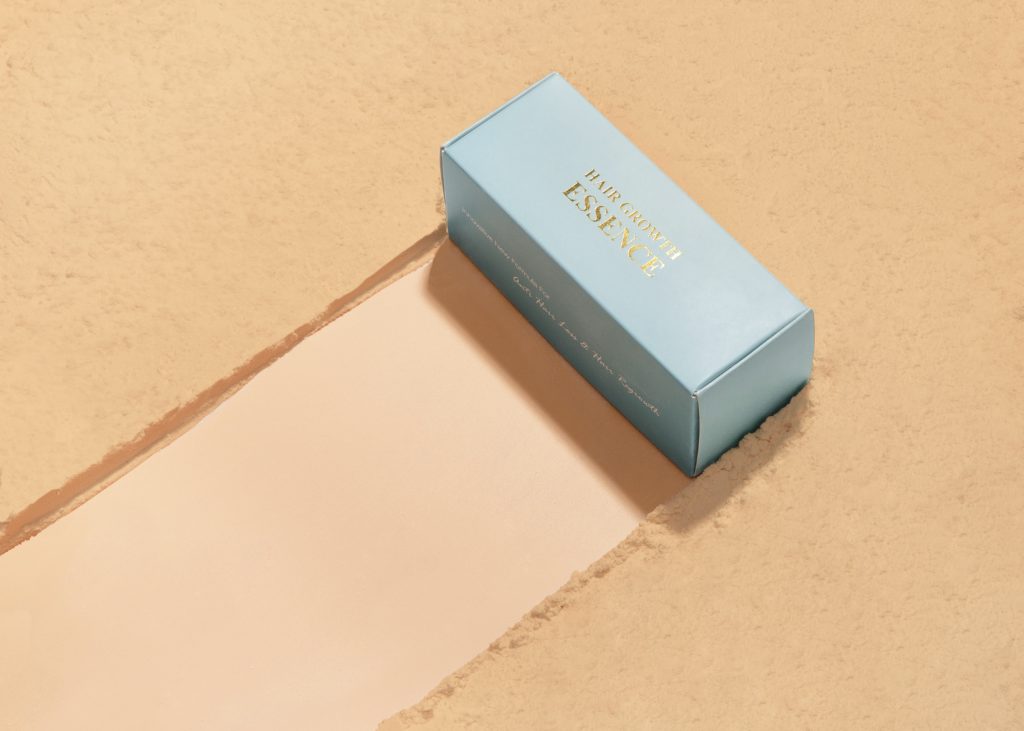
You can request two types of custom samples:
Production-Grade Sample: Offset printed sample (longer turnaround time, higher cost).
Production-grade samples can be very expensive due to the set up costs to produce a small order of prototypes.
However, if you’re looking to offset print your final packaging design, it is recommended to request a production grade sample to get the most accurate representation of your final design.
This way you’re able to evaluate the printing quality and color output more clearly.
Digital Grade Sample: Digital printed sample (faster turnaround time, lower cost)
Even if you are looking to offset print your packaging, you can still request a digital grade sample to get a rougher idea of what your final packaging will look like.
While digital printing offers lower quality it still allows you to spot any last minute artwork design or text changes before moving on with offset printing for your final project.
If you’re looking to use digital printing for your final product; make sure your designs are small and simple for a higher quality result.
Standard White Sample
Standard white samples are plain white boxes that do not carry any graphics or printing and are typically used for quickly validating the quality of the material.
This option is the most cost-effective upon the three and typically the fastest to produce.
If you are running a bit tight on your project timeline and need to make sure your material holds your products sufficiently, standard samples are the way to go.
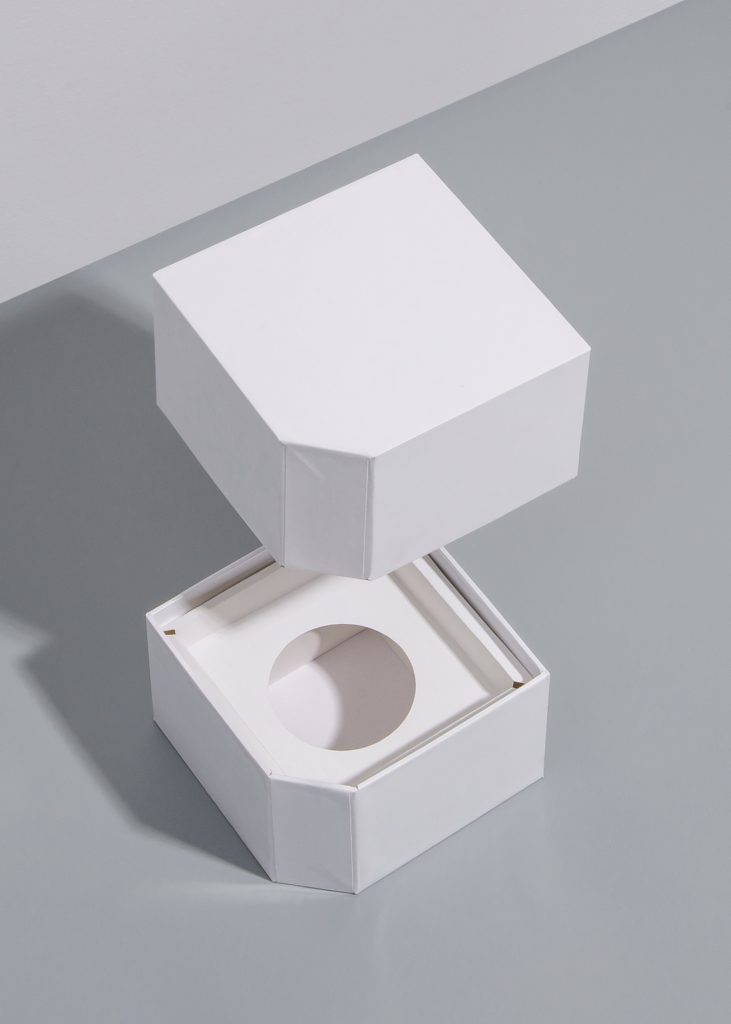
A packaging sample is a convenient and hassle-free way to get a glimpse of how your customers will interact with your products.
Quite frankly, it’s the only fool-proof way to ensure your customers get the unboxing experience you intended.
Your structural design plays a crucial role in the protection of your products, so make sure you evaluate and make changes accordingly to ensure a better quality unboxing experience.
A prototype enables you to make sure that the physical quality of the packaging is up to the standards of the project and is exactly what is required for the entire production.
It effectively rules out any chances of mismatches in the quality and design of the product between what you expected and what you get and offers a tailored experience for your customers.
To put it simply, don’t skimp and order your box samples before production!
